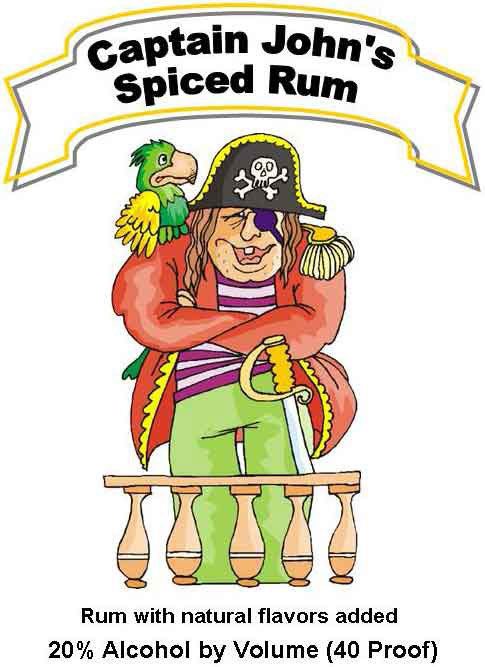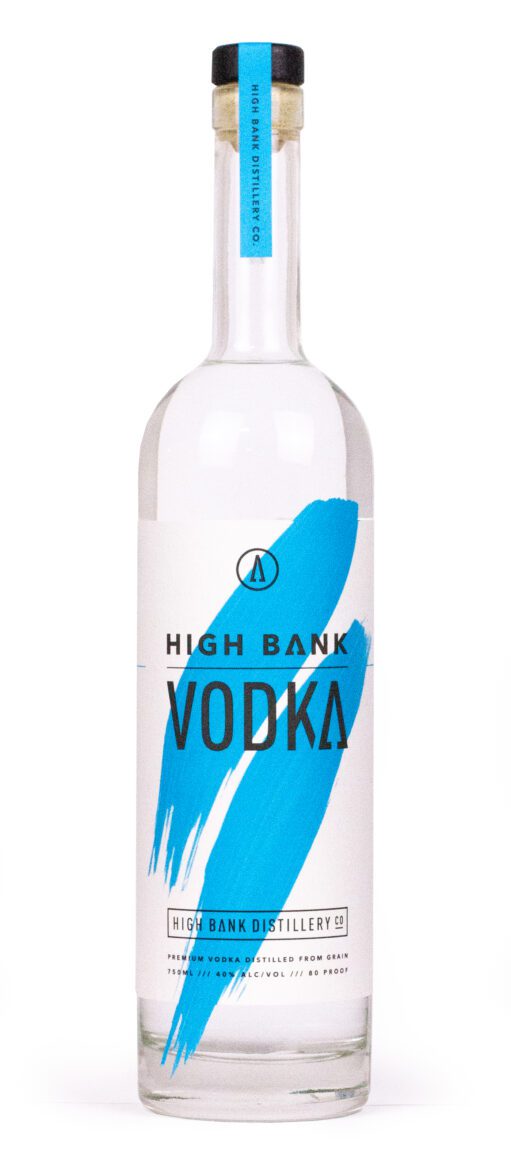Craft distilleries are experts at producing quality spirits, appealing to the unique tastes of consumers throughout the US. And at K. Sidrane, we are experts at providing quality labeling solutions for craft distilleries. As with all alcoholic beverages, distilled spirits labels must comply with regulations defined by the Alcohol and Tobacco Tax and Trade Bureau (TTB).
Mandatory Distilled Spirits Label Information
An explanation of each statement required to appear on most distilled spirits labels
Required information on the designated brand label
- Brand Name
- Class or Type Designation (the kind of distilled spirits based on the standards of identity)
- Alcohol Content
Required information on any label
- Age Statement
- Color Ingredient Disclosures (if applicable)
- Commodity Statement (if applicable)
- Health Warning Statement
- Name and Address
- Net Contents
- Country of Origin (imports only)
Optional Distilled Spirits Label Information
Guidance about labeling distilled spirits with this optional information
Most Commonly Used
- Fanciful Name (mandatory for specialty products and optional for other spirits)
- Alcohol Content (may be expressed in degrees of proof in addition to the required alcohol by volume statement)
Dietary information
- Gluten Content Statements
- Major Food Allergen Labeling
- Statements Related to Nutrient Content:
- Serving Facts
- Alcohol Facts, and
- Sugar Content




Distilled Spirits – The 12 Standards of Identity
The TTB places different types of distilled spirits within 12 primary categories, including:
- Neutral Spirits (Vodka)
- Whisky
- Gin
- Brandy
- Blended Applejack
- Rum
- Agave Spirits (e.g., Tequila)
- Cordials and Liqueurs
- Flavored Spirits
- Imitations
- Geographical Designations
- Distilled Spirits Specialty Products
If a product does not fall under one of the other standards of identity, it is a distilled spirits specialty product and must be designated in accordance with trade and consumer understanding, or, if no such understanding exists, with a distinctive or fanciful name appearing in the same field of vision as the statement of composition.
For cocktails, a statement of added colors and the class/type of the spirits is sufficient (e.g., Margarita made with tequila, triple sec liqueur, and FD&C Yellow #5)
Your Partner in Distilled Spirits Labeling
Our team of seasoned experts is always here to help ensure your distilled spirits labeling not only catches the eyes of potential consumers, but also meets TTB standards. In addition, we can work with you, custom-designing your labels to include all necessary information without sacrificing your brand’s style and identity. If you are just entering the craft spirits industry, the TTB’s Anatomy of a Distilled Spirits Label Tool provides an interactive way to learn more about labeling requirements.
Learn More About Our Capabilities: Industry Spotlight – Craft Spirits Labels and Packaging

